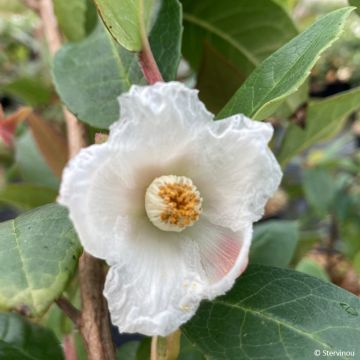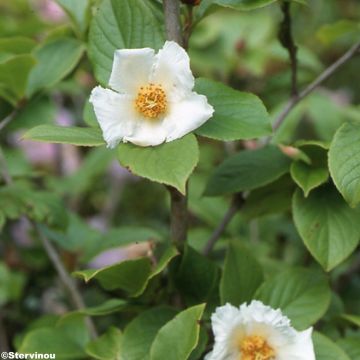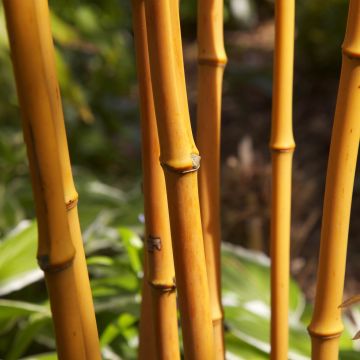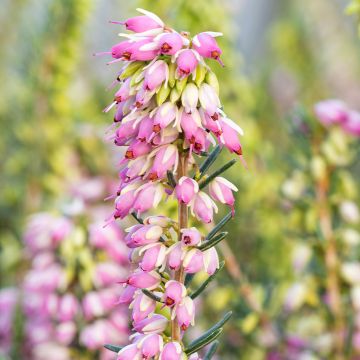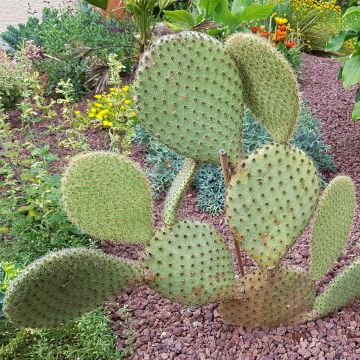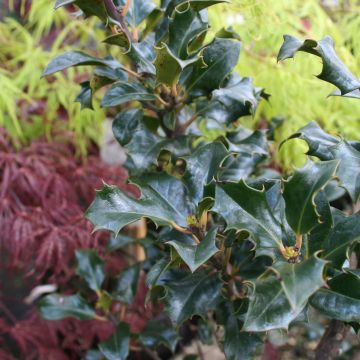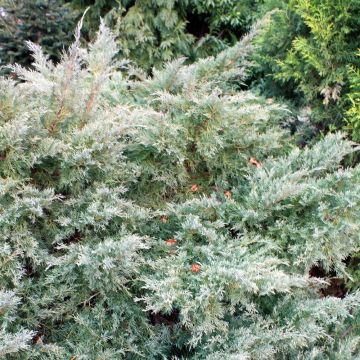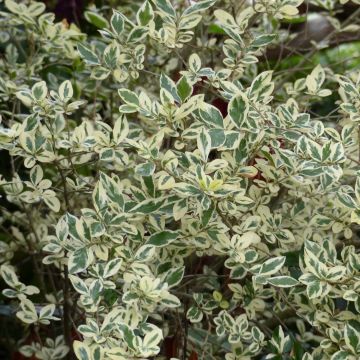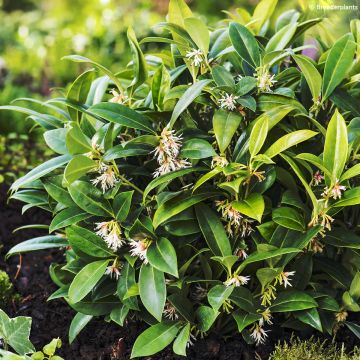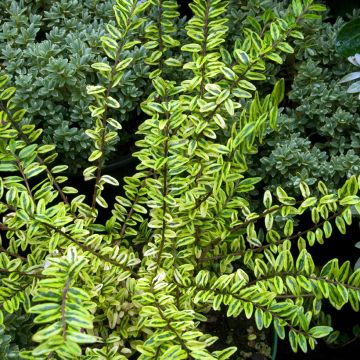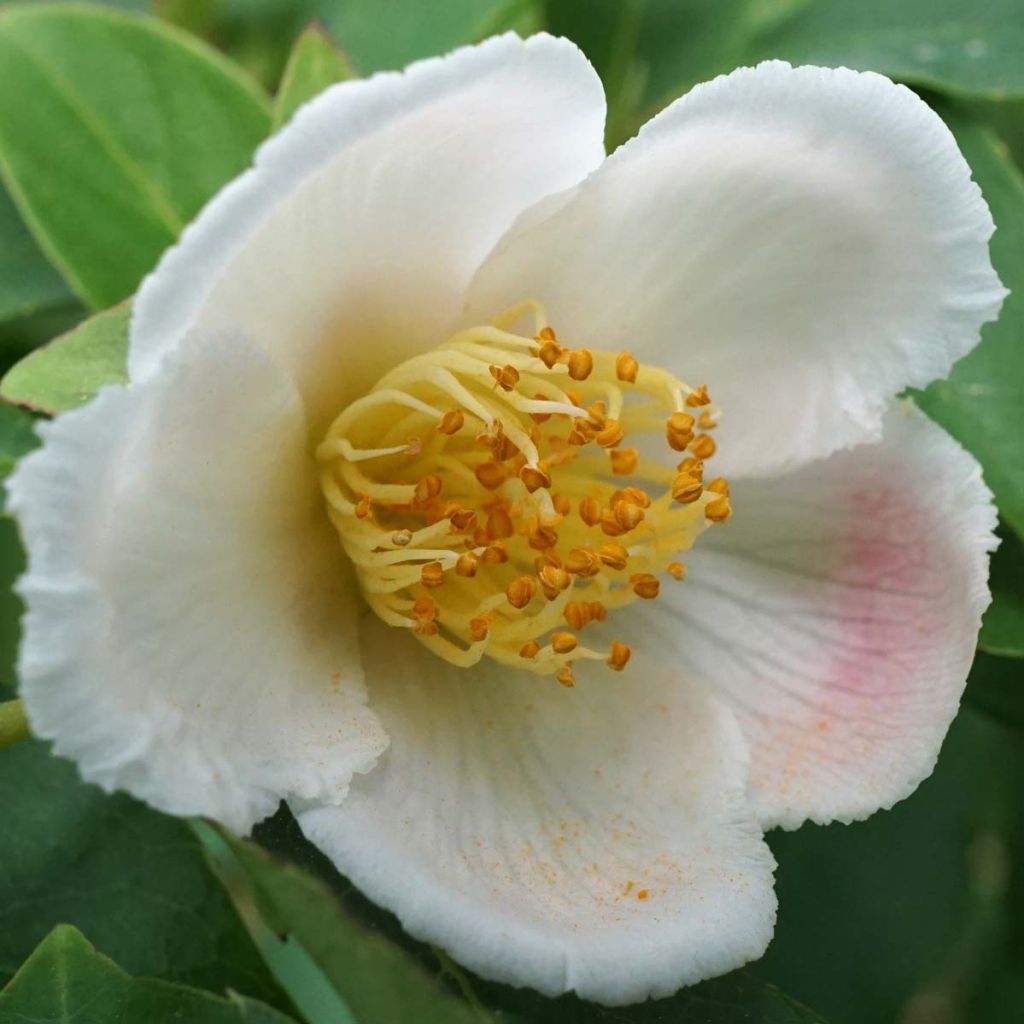

Stewartia rostrata
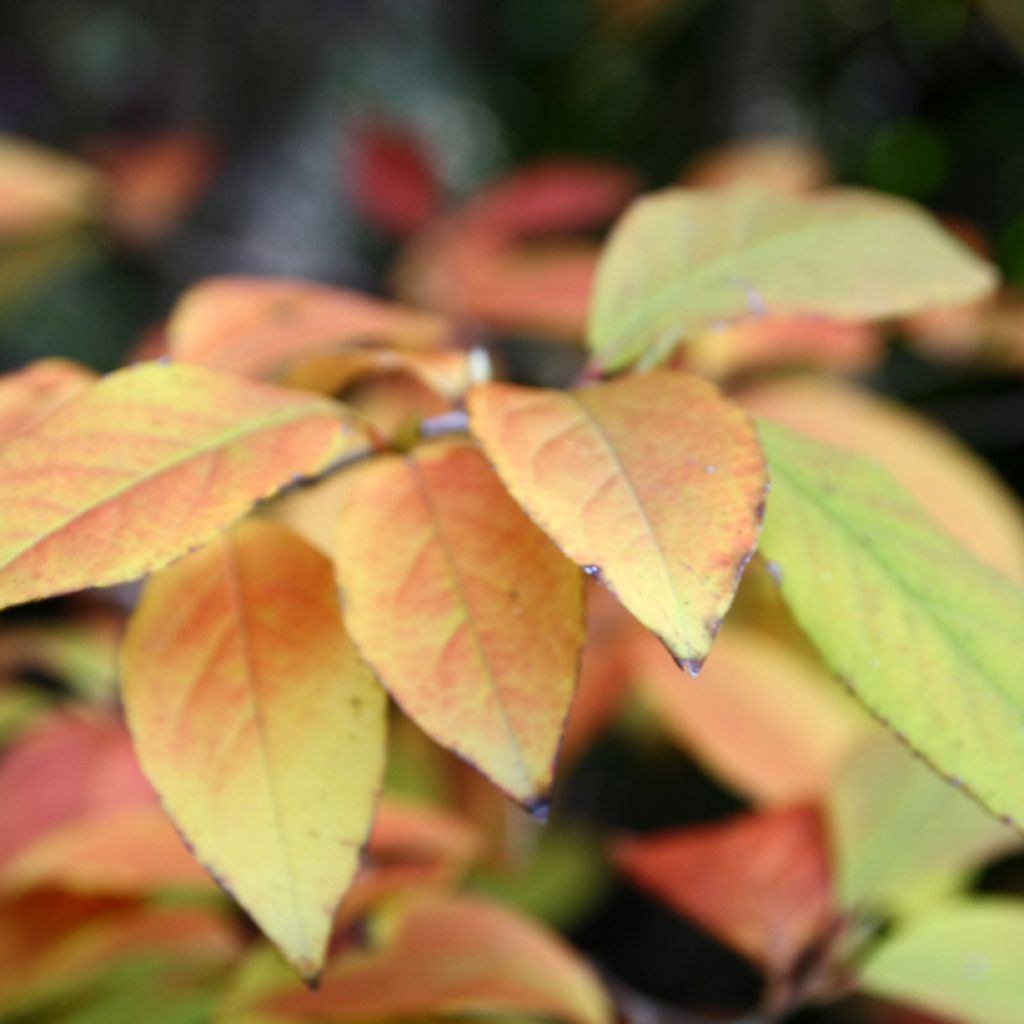

Stewartia rostrata
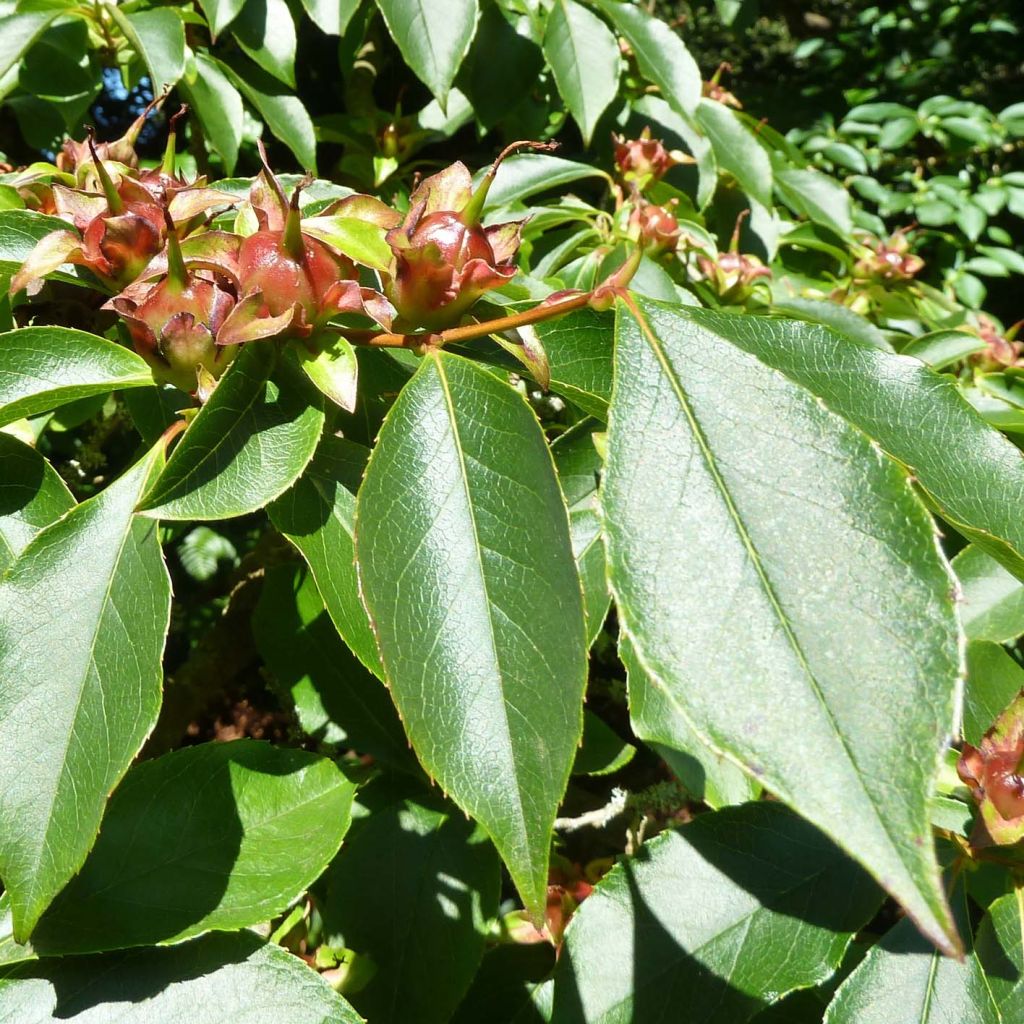

Stewartia rostrata
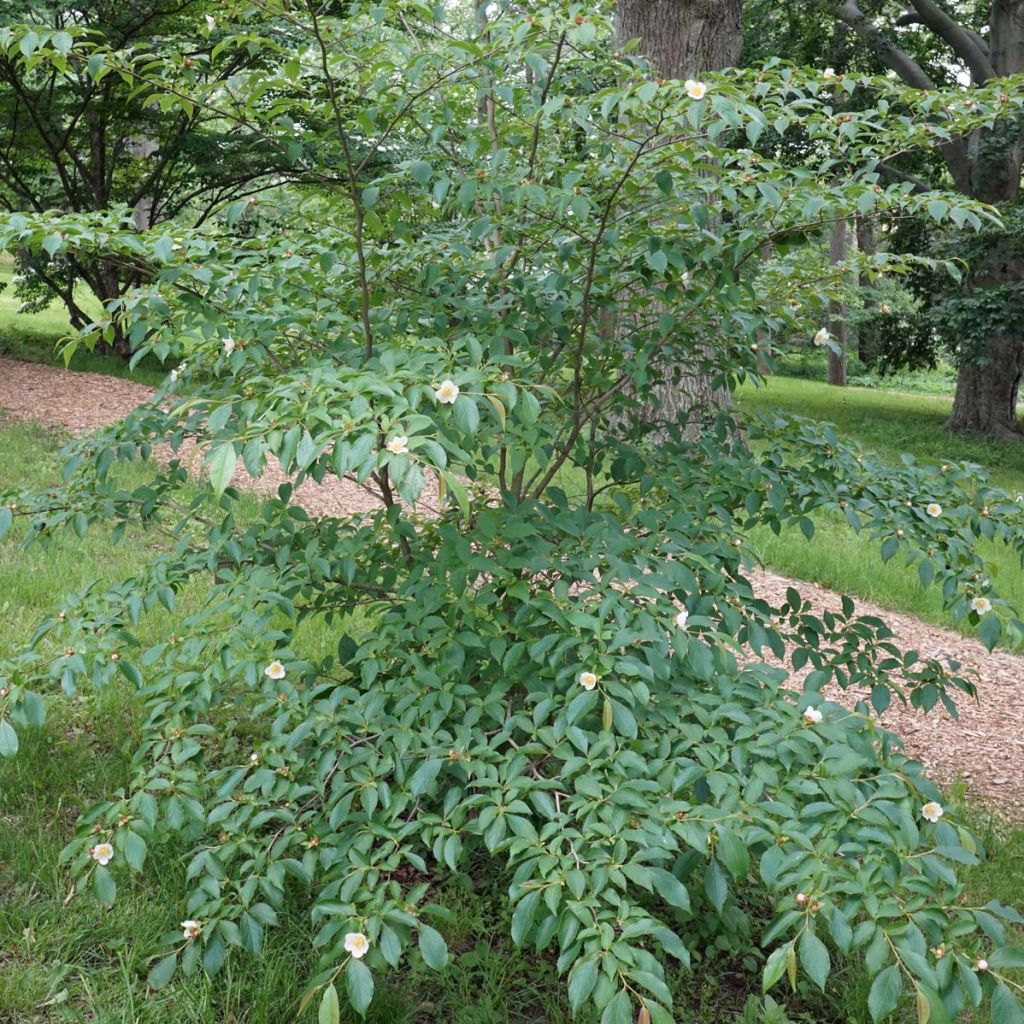

Stewartia rostrata
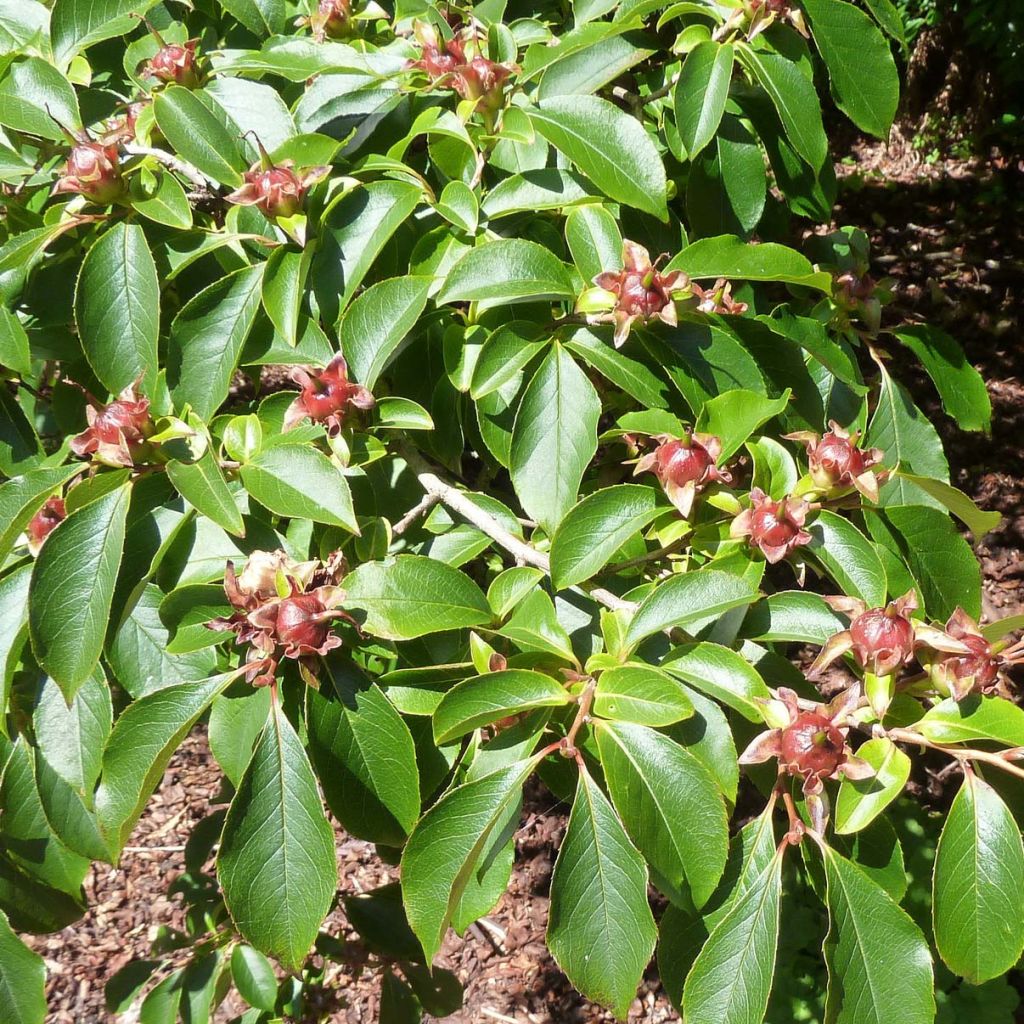

Stewartia rostrata
Stewartia rostrata
Stewartia rostrata
Beaked Stewartia
Flattened packaging box, pot and plant root ball flattened, the volume was less than what was advertised: about 2 liters instead of the 4 or 5.
Annick , 09/10/2024
Special offer!
Receive a €20 voucher for any order over €90 (excluding delivery costs, credit notes, and plastic-free options)!
1- Add your favorite plants to your cart.
2- Once you have reached €90, confirm your order (you can even choose the delivery date!).
3- As soon as your order is shipped, you will receive an email containing your voucher code, valid for 3 months (90 days).
Your voucher is unique and can only be used once, for any order with a minimum value of €20, excluding delivery costs.
Can be combined with other current offers, non-divisible and non-refundable.
Why not try an alternative variety in stock?
View all →This plant carries a 24 months recovery warranty
More information
We guarantee the quality of our plants for a full growing cycle, and will replace at our expense any plant that fails to recover under normal climatic and planting conditions.
Does this plant fit my garden?
Set up your Plantfit profile →
Description
Stewartia rostrata is undoubtedly one of the best kept secrets among this genus of trees and shrubs related to camellias. Paradoxically this small Chinese tree, accustomed to cold climates, is one of the least demanding in terms of soil. Its summer flowering is more abundant and more colourful than that of other Stewartia species, and it displays magnificent autumn colours. While the flowers, which combine bright pink-red buds and delicate white-pink flowers, is appreciated, it becomes even more remarkable in autumn, adorned with red fruits and gleaming leaves for a short period. Its moderate development and slow growth make it suitable for a small-sized garden. There are so many reasons to adopt this beautiful bush.
Stewartia rostrata, of Chinese origin, belongs to the Theaceae family. Brought to Europe in 1974 by Stephen Spongberg, this small tree is often confused with Stewartia sinensis, from which it differs by its rather ordinary, rough, and grey-brown bark. It forms a small tree with an open habit, with a spread-out and airy pyramidal crown, which becomes oval over time. Its growth is slow, reaching a height of about 8m (26ft) and a spread of 5m (16ft) in favourable climates, but usually more like 5-6m (16-20ft) with a spread of 3-4m (10-13ft). In spring, the young leaves show a beautiful reddish tint, then quickly turn dark green with a glossy finish until late summer. Their autumn colouration, ranging from bright red to violet, quickly turns brown before falling. The leaves are entire, ovate to obovate, thick and leathery, with a slightly rubbery texture, almost smooth at the edges. The flowering of this Stewartia takes place in June. The solitary flowers appear in the axils of the leaves, along almost the entire branch. Beautiful bright pink-red buds open into cups 3 to 5cm (1 to 2in) wide, composed of 5 more or less pink-tinged white petals surrounding a large cluster of yellow stamens. In the case of Stewartia rostrata, the thick sepals surrounding the corolla are slightly twisted, which also distinguishes it from other species. This nectar-rich flowering is followed by numerous superb fruits: capsules with dried styles that form a long beak-like tip (hence the name S. rostrata). Their colour evolves from light and bright red to brown when ripe.
As a truly ornamental shrub for a rather humid climate, even one that is cold in winter, Stewartia rostrata is much easier to acclimatise than most camellias and even other Stewartia species. It is content with ordinary soil, slightly alkaline, neutral or slightly acidic, and prefers to remain moist. It can be planted to stand alone in the garden or associated with other acid-loving plants (Rhododendron, azaleas, Hydrangea, Hamamelis) in a flowering hedge. In ordinary soil it can also accompany the anemone tree, certain deciduous magnolias (Magnolia stellata, kobus), and Fothergilla, charming shrubs that are not always considered. It deserves a clear location, a bit away from other plants so that it can be enjoyed throughout the year e.g. at the entrance of the garden, near the house, or alongside a path. You can dress its base with Japanese grass, ferns, or autumn bulbs such as colchicums or Naples cyclamens.
Stewartia rostrata in pictures
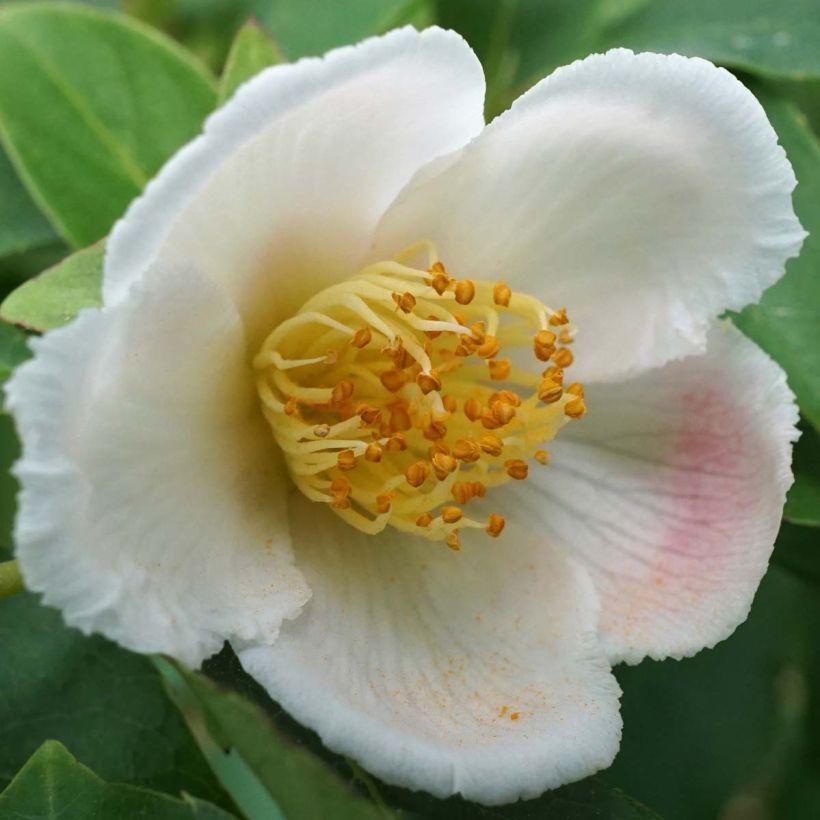

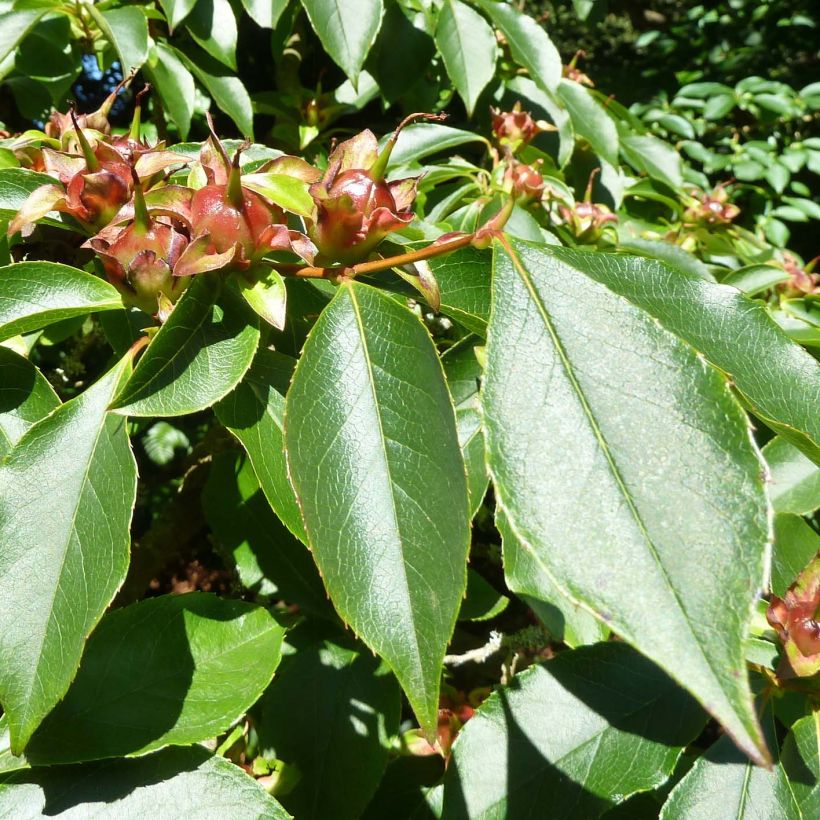

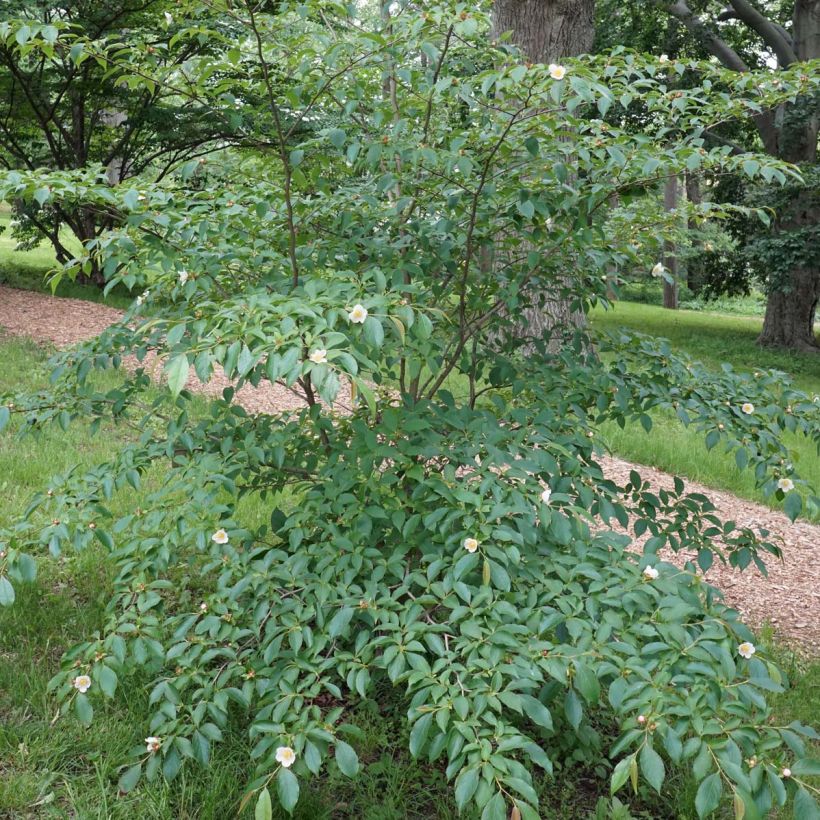

Plant habit
Flowering
Foliage
Botanical data
Stewartia
rostrata
Theaceae
Beaked Stewartia
China
Other Stewartia
View all →Planting and care
Stewartia rostrata, hardy down to approximately -20°C (1°F), is quite accommodating regarding soil type, as long as it is deep, properly loosened, without excessive limestone, and moist. It appreciates moist but not waterlogged, fertile soils. A well-worked loamy, clayey or sandy soil will also be suitable. Choose a sunny or partially shaded site, the latter giving longer-lasting flowers. You can cultivate it in full sun but the roots must remain cool. It should be sheltered from cold and drying winds, and young plants are more sensitive to heavy frosts. The shrub should not be planted too deeply, with the top of the root ball covered with 3 cm (1in) of soil. In winter, cover it with a 5 to 7 cm (2 to 3in) thick mulch composed of leaf compost and crushed bark. Water during dry periods to retain soil moisture, as this bush dislikes drought and heatwaves.
Planting period
Intended location
Care
Planting & care advice
-
, onOrder confirmed
Reply from on Promesse de fleurs
Similar products
Haven't found what you were looking for?
Hardiness is the lowest winter temperature a plant can endure without suffering serious damage or even dying. However, hardiness is affected by location (a sheltered area, such as a patio), protection (winter cover) and soil type (hardiness is improved by well-drained soil).

Photo Sharing Terms & Conditions
In order to encourage gardeners to interact and share their experiences, Promesse de fleurs offers various media enabling content to be uploaded onto its Site - in particular via the ‘Photo sharing’ module.
The User agrees to refrain from:
- Posting any content that is illegal, prejudicial, insulting, racist, inciteful to hatred, revisionist, contrary to public decency, that infringes on privacy or on the privacy rights of third parties, in particular the publicity rights of persons and goods, intellectual property rights, or the right to privacy.
- Submitting content on behalf of a third party;
- Impersonate the identity of a third party and/or publish any personal information about a third party;
In general, the User undertakes to refrain from any unethical behaviour.
All Content (in particular text, comments, files, images, photos, videos, creative works, etc.), which may be subject to property or intellectual property rights, image or other private rights, shall remain the property of the User, subject to the limited rights granted by the terms of the licence granted by Promesse de fleurs as stated below. Users are at liberty to publish or not to publish such Content on the Site, notably via the ‘Photo Sharing’ facility, and accept that this Content shall be made public and freely accessible, notably on the Internet.
Users further acknowledge, undertake to have ,and guarantee that they hold all necessary rights and permissions to publish such material on the Site, in particular with regard to the legislation in force pertaining to any privacy, property, intellectual property, image, or contractual rights, or rights of any other nature. By publishing such Content on the Site, Users acknowledge accepting full liability as publishers of the Content within the meaning of the law, and grant Promesse de fleurs, free of charge, an inclusive, worldwide licence for the said Content for the entire duration of its publication, including all reproduction, representation, up/downloading, displaying, performing, transmission, and storage rights.
Users also grant permission for their name to be linked to the Content and accept that this link may not always be made available.
By engaging in posting material, Users consent to their Content becoming automatically accessible on the Internet, in particular on other sites and/or blogs and/or web pages of the Promesse de fleurs site, including in particular social pages and the Promesse de fleurs catalogue.
Users may secure the removal of entrusted content free of charge by issuing a simple request via our contact form.
The flowering period indicated on our website applies to countries and regions located in USDA zone 8 (France, the United Kingdom, Ireland, the Netherlands, etc.)
It will vary according to where you live:
- In zones 9 to 10 (Italy, Spain, Greece, etc.), flowering will occur about 2 to 4 weeks earlier.
- In zones 6 to 7 (Germany, Poland, Slovenia, and lower mountainous regions), flowering will be delayed by 2 to 3 weeks.
- In zone 5 (Central Europe, Scandinavia), blooming will be delayed by 3 to 5 weeks.
In temperate climates, pruning of spring-flowering shrubs (forsythia, spireas, etc.) should be done just after flowering.
Pruning of summer-flowering shrubs (Indian Lilac, Perovskia, etc.) can be done in winter or spring.
In cold regions as well as with frost-sensitive plants, avoid pruning too early when severe frosts may still occur.
The planting period indicated on our website applies to countries and regions located in USDA zone 8 (France, United Kingdom, Ireland, Netherlands).
It will vary according to where you live:
- In Mediterranean zones (Marseille, Madrid, Milan, etc.), autumn and winter are the best planting periods.
- In continental zones (Strasbourg, Munich, Vienna, etc.), delay planting by 2 to 3 weeks in spring and bring it forward by 2 to 4 weeks in autumn.
- In mountainous regions (the Alps, Pyrenees, Carpathians, etc.), it is best to plant in late spring (May-June) or late summer (August-September).
The harvesting period indicated on our website applies to countries and regions in USDA zone 8 (France, England, Ireland, the Netherlands).
In colder areas (Scandinavia, Poland, Austria...) fruit and vegetable harvests are likely to be delayed by 3-4 weeks.
In warmer areas (Italy, Spain, Greece, etc.), harvesting will probably take place earlier, depending on weather conditions.
The sowing periods indicated on our website apply to countries and regions within USDA Zone 8 (France, UK, Ireland, Netherlands).
In colder areas (Scandinavia, Poland, Austria...), delay any outdoor sowing by 3-4 weeks, or sow under glass.
In warmer climes (Italy, Spain, Greece, etc.), bring outdoor sowing forward by a few weeks.






























